Product Description
by Anne Crone & Erlend Hindmarch, with Alex Woolf
Excavation on the headland at Auldhame has revealed one thousand years of burial activity and liturgical practice, the nature of which changed over the course of the millennium. It has charted the birth and death of a church, from a monastic settlement established in the seventh century AD, which then became a parish church in the twelfth century and ultimately ended its life in the seventeenth century AD as the burial aisle for its wealthy landowners. Undoubtedly, the most significant elements of the evidence from Auldhame are those for Anglian activity and for Norse contact. Between the mid-seventh and mid-ninth centuries AD a para-monastic community, associated with the Anglian saint Balthere flourished on the headland.
Dr Anne Crone is post-excavation project manager at AOC Archaeology Group, and was previously Vice-President of the Council for Scottish Archaeology.
Dr Erlend Hindmarch is a project officer at AOC Archaeology Group.
Dr Alex Woolf is a Senior Lecturer at the University of Saint Andrews; he specialises in the history of early medieval Britain and Ireland.
Watch Dr Anne Crone’s lecture to find out more about the excavation of Auldhame.
The Society of Antiquaries of Scotland gratefully acknowledges funding towards the publication of this volume from Historic Scotland and AOC Archaeology.

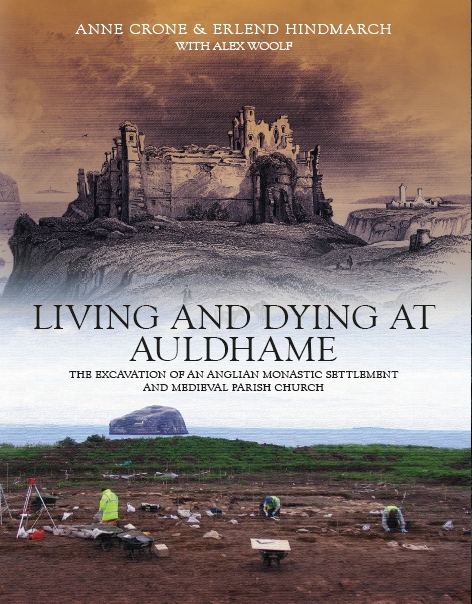
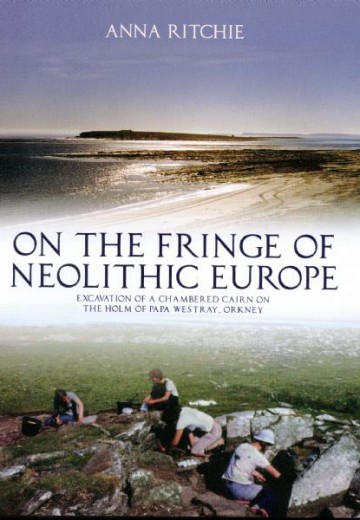
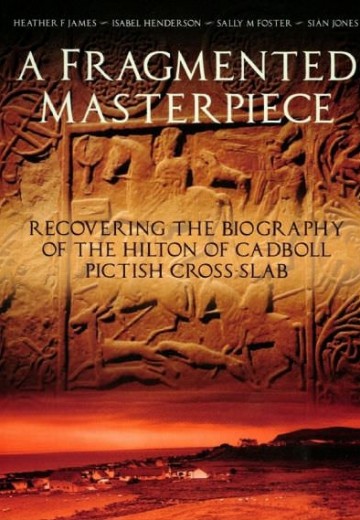
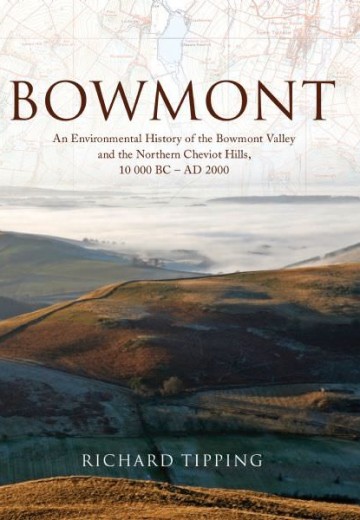
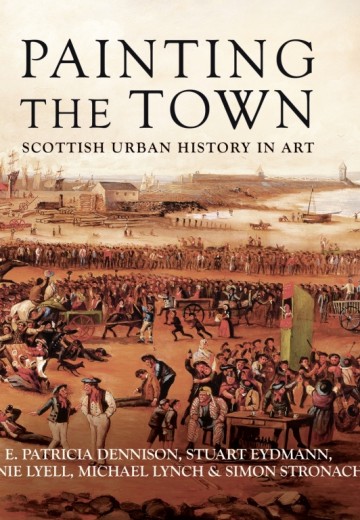
Jerry O’Sullivan (The Journal of Irish Archaeology Volume XXV) – :
Overall, Auldhame tells an engaging story packaged in a handsome, large-format publication, which would be a valuable addition to the library of any serious student of early church archaeology.
Sarah Thomas (Scottish Archaeological Journal Volume 39) – :
The volume’s significance lies in its demonstration of the development and changing use of a medieval church site from para-monastic settlement to parish church and finally private burial lair…The quality of the publication also has to be commended with excellent illustrations including parish maps and photographs and excavation drawings.
Dr Colleen Batey (Antiquity) – :
This is a most useful addition to the growing corpus of Early Medieval monastic material in Scotland and beyond.
Jemma Bezant (The Antiquaries Journal Volume 98) – :
The volume is of high quality, with useful contextual maps and plans, and is well illustrated throughout with thorough and useful appendices, bibliography and index. It also makes a significant contribution to the growing corpus of work on Early Medieval monastic settlements.